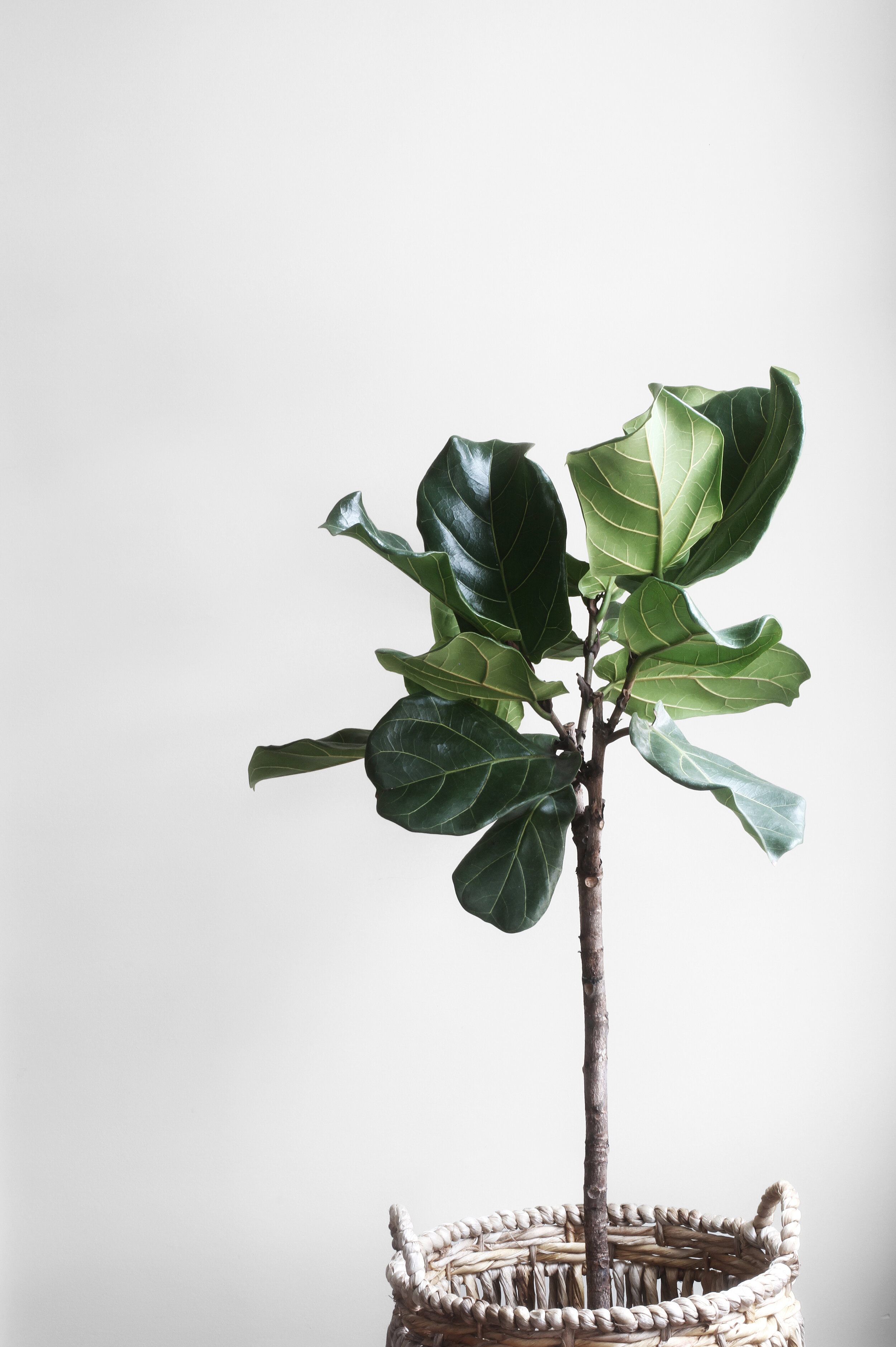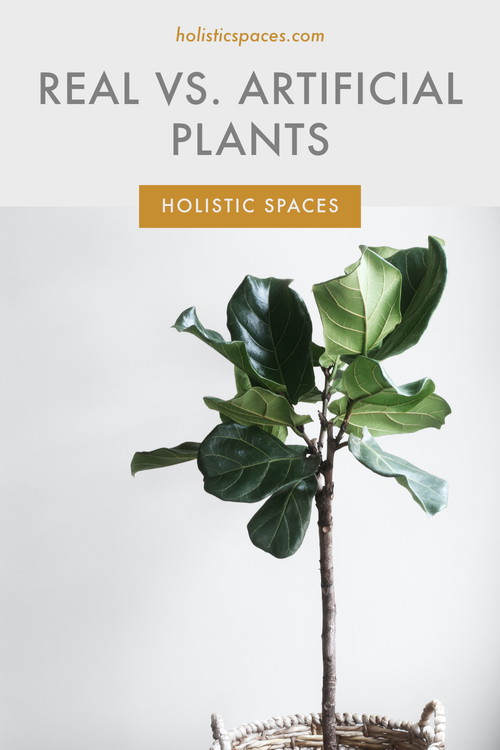Photo by Lauren Mancke on Unsplash
Are artificial plants ok?
@coastallivingpro
Thanks for your question!
If you’re using a plant for a feng shui adjustment, it’s always better to have a living plant instead of an artificial one. If there is no light in the room, or if it’s a vacation home, you can use an artificial plant, but make sure it’s very high quality and realistic.
Otherwise, you should always use real plants. Even if you don’t think you have a green thumb, I encourage you to get out of your comfort zone and try. Taking care of a living plant is a teaching in itself. It helps you cultivate kindness and open-heartedness, which are connected to the wood element. Real plants can also improve indoor air quality.
If you’re worried about your ability to keep a plant alive, start with one that’s easier to care for. There are a lot of varieties that are good for beginners, including pothos, which is one of my favorites. Pothos can thrive in a variety of light conditions, and it can also withstand inconsistent watering.
Monstera (also called Swiss cheese plant) is another plant that is easy to take care of, and it can live for a long time. I also love rubber plants, areca palms, and Chinese money plants. You could also try growing some herbs that you could also use for cooking!
Thanks again for your question--let us know how it goes!
by Anjie Cho
Thanks for reading our "Q&A Sunday". We will be answering questions submitted by our readers. Click here to submit any Feng Shui questions!
If you’d like to learn more about feng shui check out the Mindful Design Feng Shui certification program. Laura Morris and I launched our program in September 2018. To get on the list about it, sign up at: www.mindfuldesignschool.com.
Dive deeper into feng shui to transform your life!
Mindful Design is a new way to learn feng shui. Create sacred spaces that support, and nourish.
Visit us at mindfuldesignschool.com







